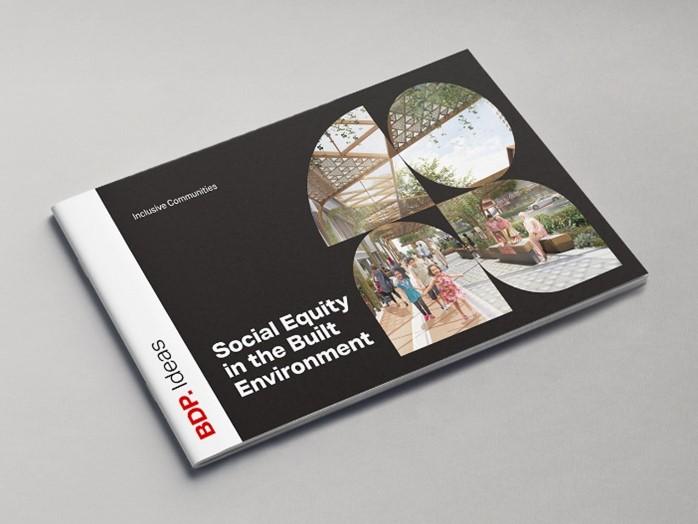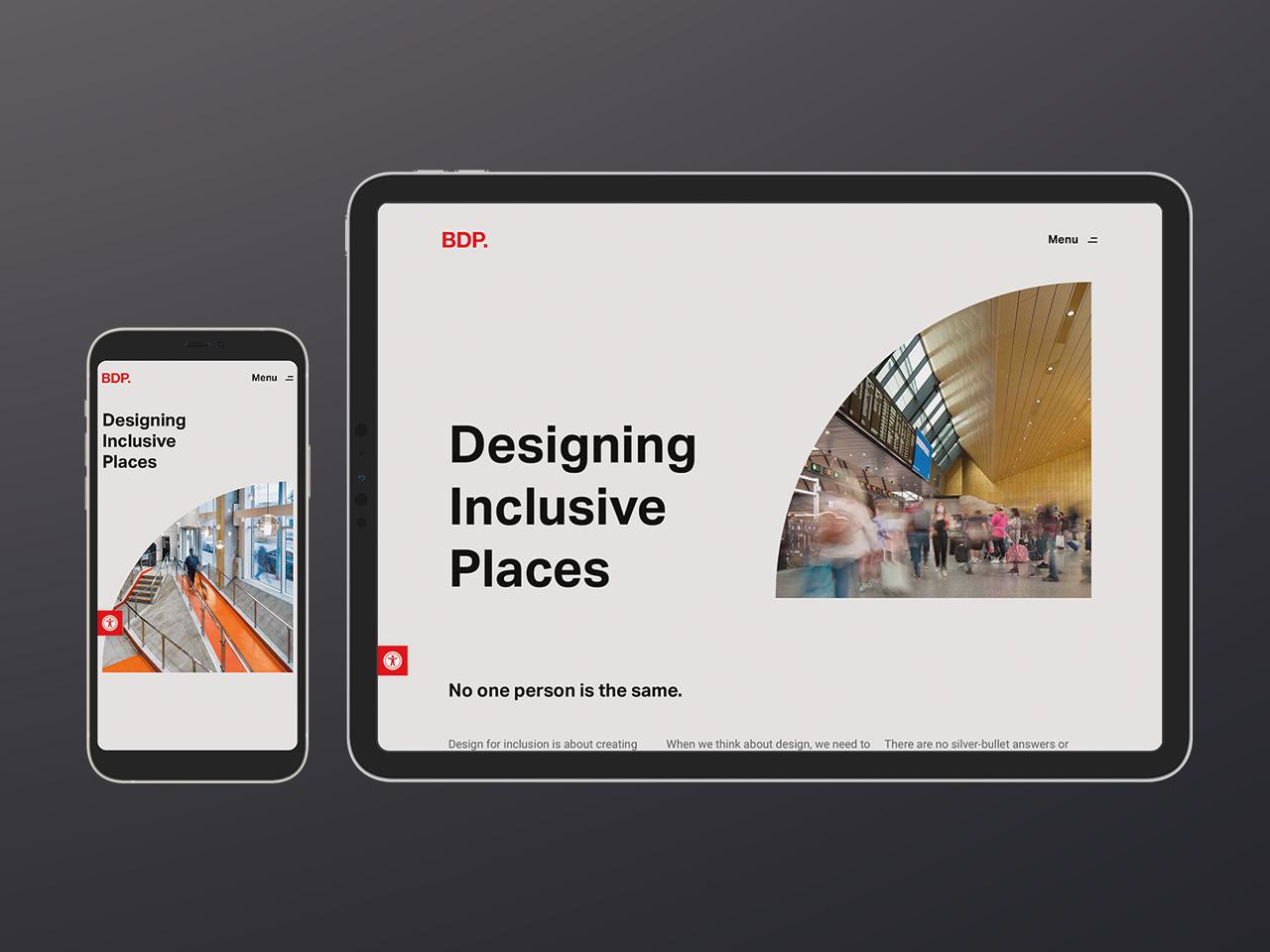No two people are the same
Design for inclusion is about creating spaces for all people. Inclusive spaces that enable everyone to live and thrive. Spaces that promote equity, participation and wellbeing. Spaces that provide comfort, ease of use, awareness, and understanding. That respect and satisfy people of all ages, races, cultures, identities, and abilities.
Inclusive design is an approach that focuses on the full range of human diversity and our vast human needs. It considers ways in which these needs intersect, offering the opportunity to problem solve, innovate and explore solutions which can benefit a broader cross section of people because their diverse experiences have been included in the design process.
Why build barriers to accessibility when you can design for inclusion?
Social Equity in the Built Environment
There are few issues relating to human health, wellbeing and quality of life that are not impacted, directly or indirectly by the attributes of our built environment.
As society demands integrity and commitment from organizations in their approach to social equity, how can we holistically integrate this into the design and development process where buildings, places and infrastructure support and enhance environmental, economic and social wellbeing?
Equitable architecture and placemaking begins with learning about the people we are designing for. In the report, we set out some of the guiding principles we can adopt to bring positive impact to our communities and the value it can bring the various stakeholder groups that shape them.

Ideas Book
With inclusion comes a sense of belonging – a connection to others and our surroundings. Currently, there continues to be a significant gap in how spaces are being built and a significant segment of the market that is underserved.
In an attempt to address this issue, we’ve put together an Ideas Book of different design concepts taken from our global portfolio of multi-disciplinary services. We approach inclusivity from five different user journeys: physical, sensory, cognitive, identity and community.
While there are no silver bullet answers or cookie cutter solutions to Inclusive Design, we hope some of these concepts will help to advance design thinking, processes and practices in the built environment to effectively engage with diverse communities towards improved outcomes.

Podcast
The 'Design for Inclusion' podcast discusses topics related to designing for a more inclusive world - from exploring gender equity through our buildings and public spaces to design that reflects race, colour and culture in the built environment and how to design a hybrid and inclusive workplace. These podcasts aims to use inclusive language. However, some terminology for inclusion may vary across different cultures and regions.

Webinar
The Design for Inclusion webinar series brings together a multidisciplinary panel of global experts, the thought leadership forum will explore how we can actively apply the fundamentals of inclusive design.

Human Space
We are committed to inclusion and wellbeing in the built environment and believe that inclusive design and its process is fundamental to creating spaces for everyone. When we design, we do so with the full range of human diversity in mind, enabling a complete spectrum of participation in all aspects of society.
Our commitment to inclusion is demonstrated through Human Space, a global collaborative of experts dedicated to this cause. Alongside our architecture, design and urbanism practice, Human Space delivers spaces, buildings and communities that considers people first and incorporates broad perspectives to arrive at better solutions.
Human Space has successfully delivered projects spanning across the healthcare, residential, workplace, hospitality, recreation, education, transit and public realm.
Our accessibility, wellness and inclusion advisory services include:
- Building Audits and Feasibility Studies
- Certification and Benchmarking
- Design Consultation
- Guidelines and Standards
- Research
- Post-Occupancy Evaluation
- Training
- And more…
To learn more visit humanspace.global.